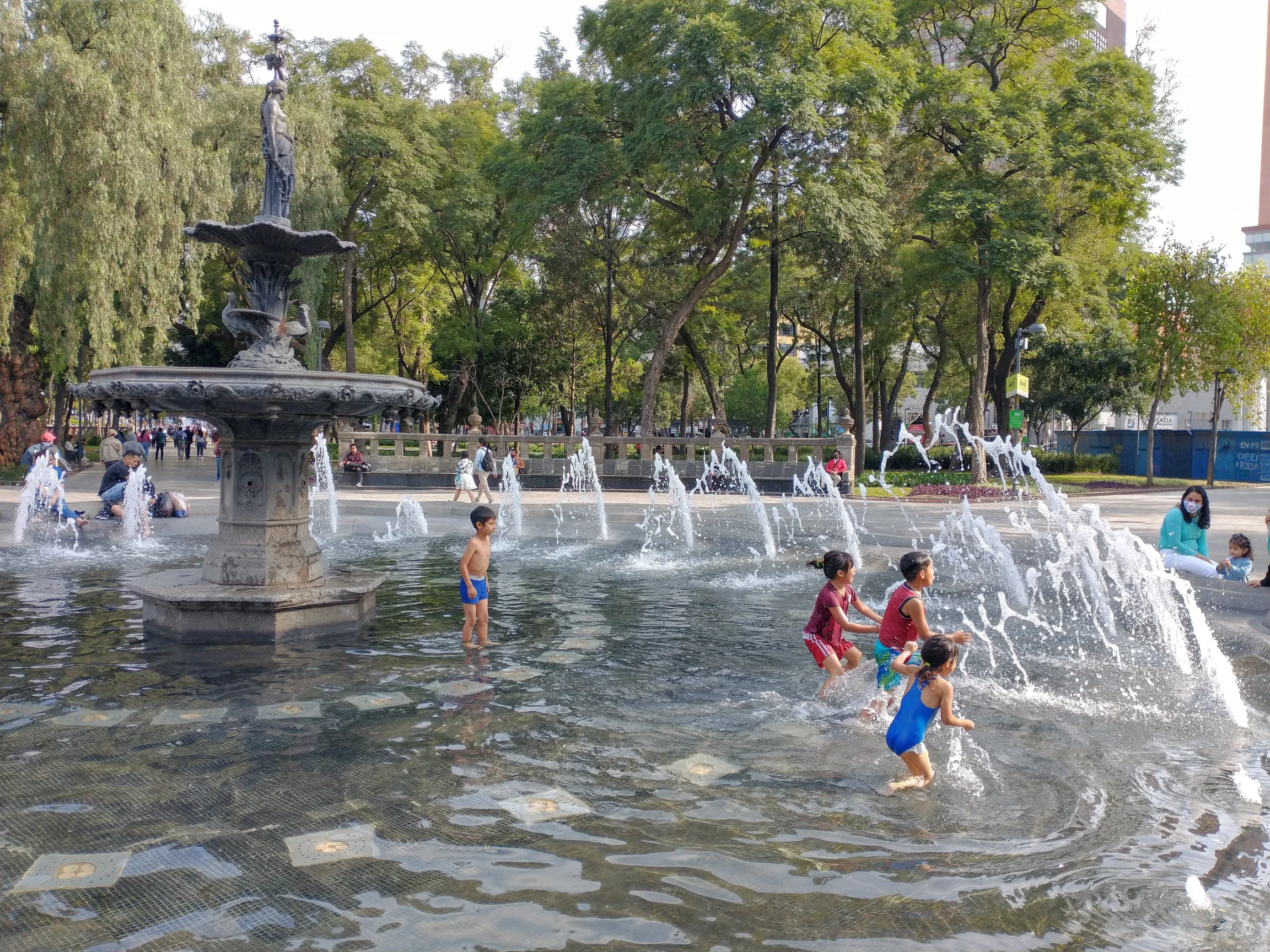Americans are finding financial and investment planning help by exploring adult and senior living across Mexico, from big cities to resort towns and Spanish colonial villages. For some, the idea of living overseas has gone from “Are you nuts?” to “Wow, I really could live in a place like this!” In a single generation, millions of American adults have grown to embrace an inner truth: you’re not tree. You can pick up and live in a better place.
If you’ve vacationed outside the US, it’s highly likely you’ve been to a Mexican coastal resort. More Americans travel here than any other foreign destination. For many, an enjoyable beach vacation (or border dash) is just the beginning when it comes to embracing our southern neighbor.
Yes, Mexico is vast: 6,000 miles of coastline, dotted with hundreds of islands along four oceans and seas. Dipping your toe into a broader landscape of locations and lifestyles is something more and more American adults are considering.
Attractive and fulfilling overseas lifestyle options await American adults with an array of senior living needs. Mexico offers a truly astonishing variety of settings, infused with familiar and foreign assets and lifestyle options. Americans living in Mexico are enjoying their new life in three main lifestyle categories:
Full-throttled independent living in condos, apartments or homes; rented or fully-owned;
Assisted Living in care facilities providing 24/7 assistance and support, or via independent living aided by in-home care providers;
Senior Care/Memory Care facilities; while limited in availability, qualified facilities deliver care management at high standards.
Full-throttled living happens across Mexico’s 32 states. I can confidently say there are American passport holders living and thriving in every state of Mexico. You’ve probably never heard of states like Hidalgo, Mexico, Coahuila or Tlaxcala. Whereas states like Baja California, Jalisco, Yucatan and Quintana Roo hold higher name recognition. Regardless of where US migrants call home, full-throttled living embraces outdoor living, socialization in a Mexican culture, and boundless frontiers of new experiences.
In some places, communities and social structures have formed to serve the specific needs of expats. To name a few:
– Lake Chapala and its Lake Chapala Society, founded in 1955 as a “oasis for personal development”;
– Merida’s English Library, home to a robust bunch of mostly American residents who embrace Yucatan living to the brim;
– San Miguel de Allende’s Biblioteca Public, home to the largest English book collection in Latin America and center for film, classes and volunteering.
Assisted living unfolds across Mexico’s 32 states as well. Assisted living is more often delivered by Mexican families, caring for parents, aunts and uncles in a home setting and sometimes bringing in specialized nursing services. While facilities vary in scale and acceptability, there are hundreds of recognized assisted living facilities, very loosely regulated (if at all) by either state or federal agencies. Very few of these places are considered a viable alternative for most foreigners. However, this is slowly changing, driven by US demand for acceptable alternatives to back-home care. Still mostly a cottage-industry of private homes converted for care, the corporate model is taking hold as well in places like Mexico City, Queretaro, Lake Chapala and across many US-Mexico border communities.
Memory care is in its infancy, most medical experts would agree. The few facilities that are operational tend to offer few targeted care regiments and often house memory care within a broader cohort of residents. Care is kindhearted and humane, but you won’t find cutting edge treatments or therapies. Just loving hands doing their best with what’s available. Of course, cost savings can be significant compared with US options. Here in the Lake Chapala area we are served by some 20 senior living homes, ranging is cost from $1,200 to $1,800 per month. The cost structure (and loving care) are reasons alone to give Mexico a look.
It’s not for everyone, but you might find a viable future of many happy returns across Mexico’s 32 states.



